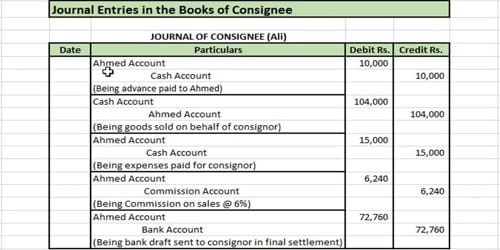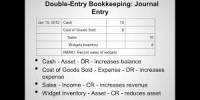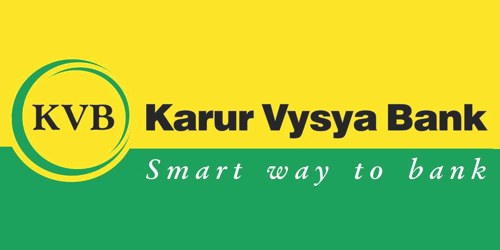Journal Entries in the Books of Consignee
Consignment is not a sale. Goods on consignment are sent by the consignor or the principle to the consignee or agent. Hence, the consignee does not treat the consignor as his creditor. The consignor is the owner of the goods and not the consignee though the possession is transferred. The consignee does not make any entry for the goods consigned by the consignor and received by the consignee, because the goods do not belong to him. However, after the goods are sold the buyer becomes the owner of the goods. It is important to understand that the agent never owns the goods.
Following is the procedure for recording transactions in the books of the consignee.
(1) For remitting advance
- Consignor’s A/c……………….Dr.
- To cash/bank/bills payable A/c
(2) For bills met on the due date
- Bills payable A/C …………….Dr.
- To Bank A/c
(3) For incurring expenses
- Consignor’s A/C…………………Dr.
- To Cash/Bank A/c
(4) For making a cash sale
- Bank/Cash A/C…………….Dr.
- To consignor’s A/c
(5) For credit sale
- Consignment debtor’s A/C…………Dr.
- To consignor’s A/c
(6) For charging commission
- Consignor’s A/c ………..Dr.
- To commission A/c
(7) For a collection of debt
- Bank A/C ………………Dr.
- To consignment debtor’s A/c
(8) For the final settlement of account with the consignor
- Consignor’s A/C………….Dr.
- To cash or bank A/c
There are no entries passed in the books of the consignee for the consignment of goods sent by the consignee and also for any expenses incurred by the consignor. However, the advance paid to the consignor, sales made, expenses incurred on the consignment and commission earned needs to be recorded.
















